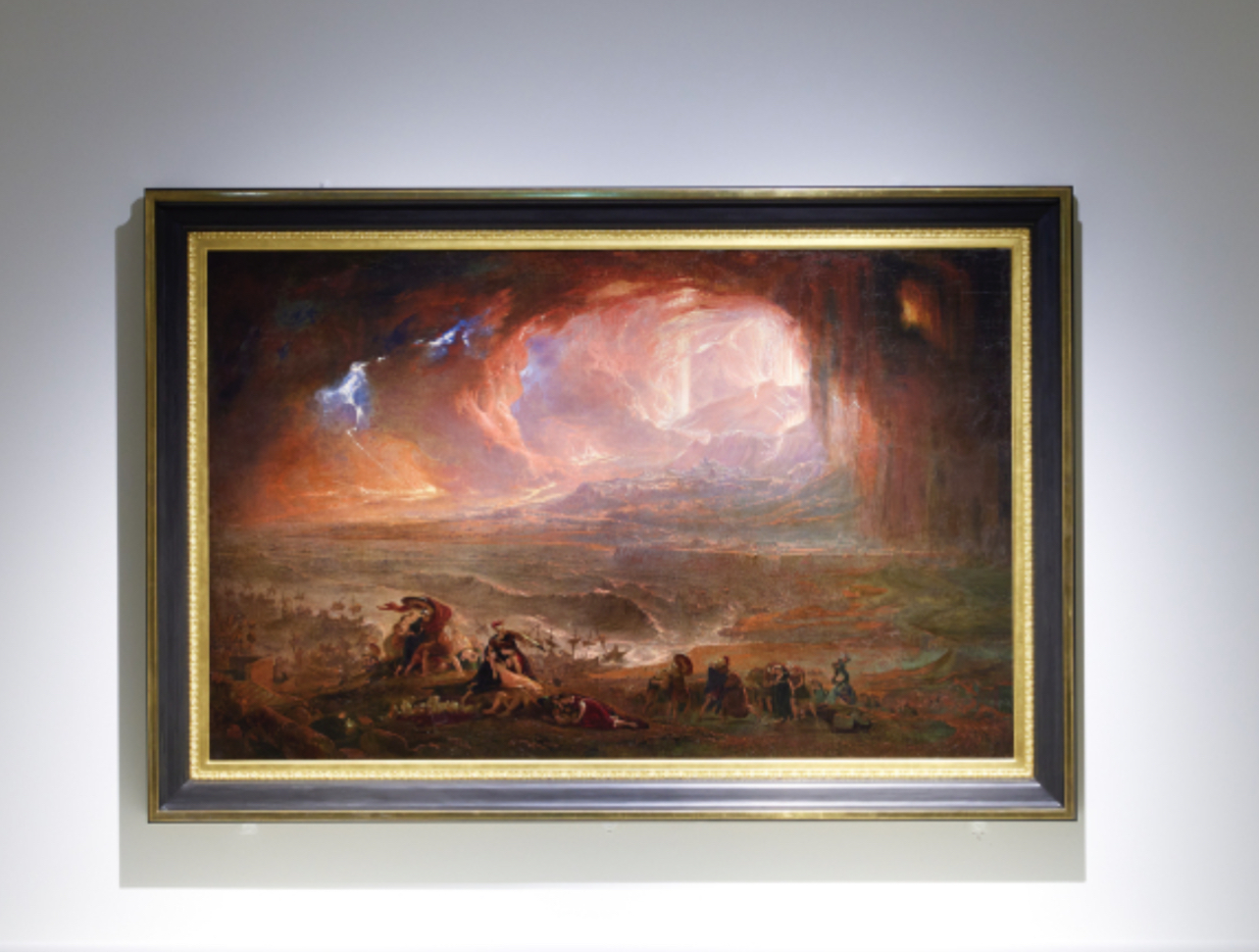
The Buk-Seoul Museum of Art held an exhibition entitled “Light: Works from the Tate Collection” that consisted of 110 art pieces by 43 artists that focused on light as both material and subject through various art mediums including painting, photography, sculpture, drawing, installation and moving images.
This special exhibition from the United Kingdom’s Tate Museum took place every Monday and ran from December 21st of last year and until May 8th of this year.
Tate consists of four galleries that host the national collection of British art,international contemporary as well as modern art.
"Spiritual and Sublime Light," the exhibition's opening section, examined how artists depicted light as religious subjects in the late 18th and early 19th century.
This was the period that marked the beginning of artists’ questioning of Europe's burgeoning scientific, intellectual, and technical endeavors; this epoch is also more widely known as the Age of Enlightenment.
The show featured the works of modern and contemporary artists, such as Icelandic- Danish artist, Olafur Eliasson.
One of Eliasson’s most mesmerizing pieces at the exhibition was entitled “Stardust Particle.” It was a crystalline sphere structure that changes appearance depending on lighting conditions and the viewer’s location.
To amplify this lighting effect, the hanging structure steadily rotates as it is suspended from a motor.
In addition to this, as a way to cast reflections in the surrounding area of this piece a spotlight is next to the suspended sculpture to project light.

Mr. Eliasson is renowned for his large-scale installation art that utilizes elemental materials such as light, water, and air temperature to enhance the observer’s experience.
Another unique piece that caught the attention of visitors was that of the British artist John Martin’s entitled,“The Destruction of Pompeii and Herculaneum” which was created in 1822 and depicts the eruption of Mount Vesuvius in 79 AD.
This large, vividly coloured oil painting portrays the natural disaster that famously destroyed the sister cities of Pompeii and Herculaneum.

The early stages of the eruption of Mount Vesuvius is portrayed in the background as a glowing beam of the flowing lava, coloring the entire landscape a sinister red. The sky features swelling ash clouds with lightning cutting through.
This exhibition highlighted the importance of light in art and the various ways that artists utilize light to enhance their works.
Three-dimensional pieces show reflections of light or how light goes through transparent materials and create shades.
Two-dimensional pieces, such as paintings that feature light, usually start off with sketches in pencil that focus only on light and shades of nature.
To enhance the viewing experience, the educational information that accompanied the pieces gave visitors a clearer perspective of seminal moments from over 200 years of art history and the artists who employed the elemental force of light.

Jioh Kim
Grade 10
Asia Pacific International School

